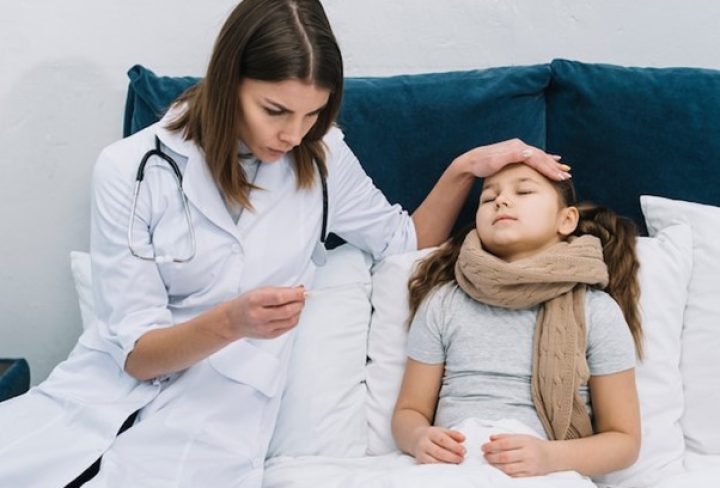Understanding Chikungunya
What is Chikungunya?
Chikungunya is a viral illness transmitted to humans through the bite of infected mosquitoes, primarily the Aedes aegypti and Aedes albopictus species. It is characterized by sudden onset fever and severe joint pain.
How Does It Affect Children?
While chikungunya can affect individuals of all ages, children may experience more pronounced symptoms, including high fever, extensive rash, and joint swelling.
Symptoms and Duration
Symptoms of Chikungunya:
•Fever: Sudden high fever, often reaching 104°F (40°C).
•Joint Pain: Severe pain in the joints (ankles, wrists, knees), which can be debilitating.
•Rash: A rash may develop on the trunk and limbs, often itchy.
•Other Symptoms: Muscle pain, headache, fatigue, and nausea.
Duration:
The acute phase typically lasts from a few days to a week. However, joint pain can persist for several weeks or even months in some cases.
Complications
While chikungunya is rarely fatal, it can lead to significant discomfort and complications, particularly in children:
•Prolonged Joint Pain: Persistent arthritis-like symptoms can affect daily activities.
•Neurological Complications: In rare cases, chikungunya can lead to neurological issues such as encephalitis.
•Increased Severity in Pre-existing Conditions: Children with underlying health issues may experience exacerbated symptoms.
Treatment
There is no specific antiviral treatment for chikungunya. Management focuses on relieving symptoms:
•Hydration: Ensure the child drinks plenty of fluids to stay hydrated.
•Rest: Adequate rest is crucial for recovery.
•Pain Relief: Use of paracetamol (acetaminophen) to reduce fever and pain. Avoid aspirin and non-steroidal anti-inflammatory drugs (NSAIDs) due to the risk of bleeding complications.
•Medical Consultation: Regular follow-ups with a healthcare provider to monitor progress and manage any complications.
Precautions and Prevention
Prevent Mosquito Bites:
•Use of Mosquito Repellents: Apply DEET or picaridin-based repellents on exposed skin.
•Protective Clothing: Dress children in long-sleeved shirts and pants.
•Mosquito Nets: Use mosquito nets, especially for infants and young children.
•Environmental Control: Eliminate standing water around the home to reduce mosquito breeding sites. This includes emptying containers, cleaning gutters, and covering water storage.
Community Measures:
•Spraying Insecticides: Regular spraying in communities can help reduce mosquito populations.
•Public Awareness: Educate communities about chikungunya and mosquito control measures.
Conclusion
Chikungunya, though not life-threatening, can significantly impact a child’s health and well-being. Parents play a crucial role in prevention, early detection, and management of the disease. By taking proactive measures to protect children from mosquito bites and seeking timely medical advice, we can mitigate the effects of chikungunya and ensure a speedy recovery for our little ones.

